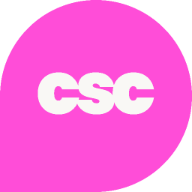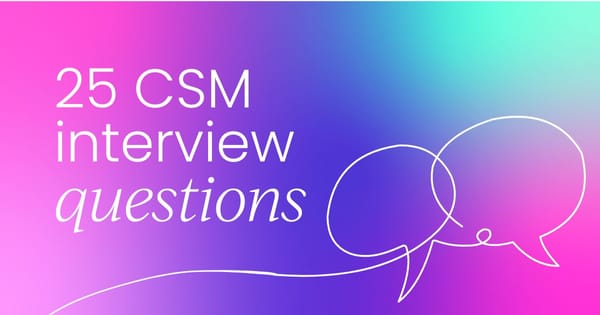Say you're preparing for a Customer Success Manager (CSM) interview. In that case, whether you're applying for a CSM role or hiring for one, this comprehensive guide covers the most common customer success interview questions, sample answers, and insights into what hiring managers are really looking for.
This article covers 25 essential CSM interview questions, each accompanied by:
- The aim of the interview question
- Key skills being assessed
- An example answer
We’ve compiled these customer success manager interview questions and answers to help you prepare with confidence. Whether you're looking for CSM interview questions to ask candidates or client success manager interview questions for your next job interview, this guide is your ultimate pre-interview prep to bag the job (or the CSM) of your dreams.
1. Partner relationship management
"How do you maintain relationships with X partners? What’s the process?"
Aim: To understand your approach to partner management.
Key skills assessed: Relationship management, communication, and organization.
Example answer: This is without a doubt my favorite part of the role, as it allows me to shine at what I do best: regularly communicating with our customers. I love my clients, so ensuring their success is paramount to me.
This line of communication involves scheduling check-ins, crafting personalized emails, and delivering QBRs. I was lucky enough to inherit a well-oiled process from my line manager, our Head of Customer Success, but I’ve put my own spin on certain things, ensuring clear expectations are set.
Every morning, I track performance metrics and address any concerns proactively. For example, last quarter, I managed a key partnership that had a new point of contact (client side). I took the opportunity to listen to their concerns, and their hopes for our product and implemented a quarterly review process to help ensure they’re happy with the direction of our product and their company’s vision. This has helped us identify and resolve issues before they escalated during what could have been a tumultuous period for the partnership.

Customer onboarding process
"Can you walk us through the onboarding process? What does it look like, and what’s your role?"
Aim: To gauge your understanding of the onboarding process and your role in it.
Key skills assessed: Process management, customer education, and collaboration.
Example answer: Our onboarding process starts with a kickoff meeting to set expectations and timelines. I start scheduling welcome emails and ensuring their dashboard is up to date. I conduct a needs assessment, provide training sessions, and offer ongoing support. For example, I recently onboarded an enterprise client by creating a customized training program that reduced their setup time by 20%.
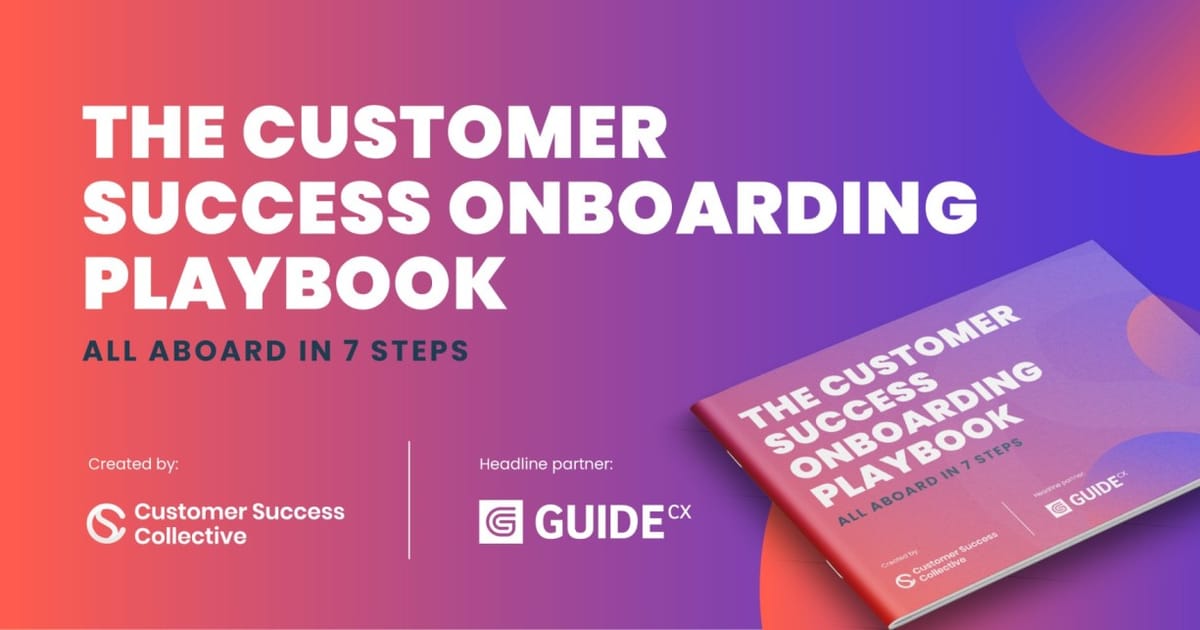
3. Identifying expansion opportunities
"How do you identify opportunities for expansion?"
Aim: To evaluate your ability to recognize and act on growth opportunities.
Key skills assessed: Analytical thinking, customer insight, and strategic planning.
Example answer: For me, expansion opportunities can be sussed out in two ways. The first is good old-fashioned communication with clients to understand their evolving needs. The second, and by far my most successful means, is analyzing usage data, customer feedback, and market trends. For instance, I recently identified an expansion opportunity by noticing increased usage of a particular feature and after subtly weaving it into a conversation driven by value, I proposed an upsell to our premium tier.

4. Strategic education initiatives implementation
"Can you describe the strategic initiatives you’ve led around education, growth, and churn? How did you implement and refine these initiatives?"
Aim: To understand your experience with strategic initiatives.
Key skills assessed: Leadership, strategic thinking, and project management.
Example answer: At [Company Name], I spearheaded several initiatives, including a customer education program that reduced churn by 10% over a fiscal year. I started by identifying common knowledge gaps with our enterprise clients, then created a series of webinars and tutorials. I also worked with our support team to implement a feedback loop to continuously improve the content based on our customer’s input.
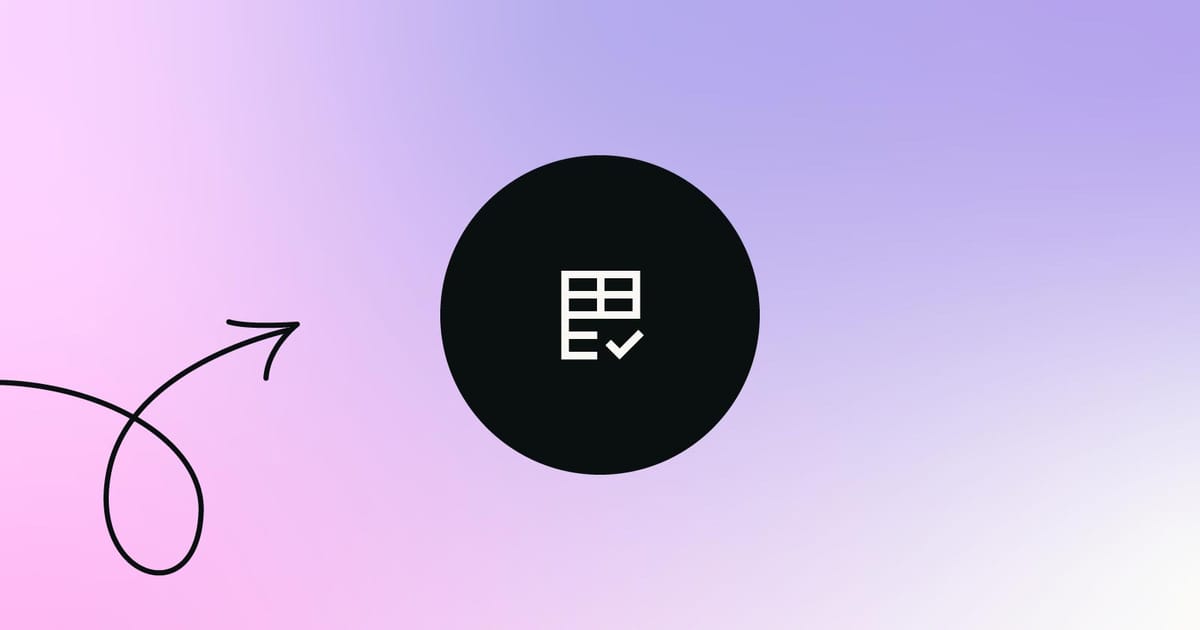
5. Healthy customer indicators
"What are the trademarks of a healthy customer at your company?"
Aim: To gauge your understanding of customer health indicators.
Key skills assessed: Customer success metrics, data analysis, and customer insight.
Example answer: To me, a healthy customer at our company typically shows high engagement, regular usage of our product, and a proactive approach to utilizing new features. In our business, a healthy customer would attend our webinars, provide feedback, and consistently renew their subscription.

Many of these customer success questions also show up in real-life interviews for roles like customer success associate, customer success specialist, or CX manager – so this guide isn’t just for CSMs. It’s a great preparation tool, no matter your level of experience in the customer success space.
6. Churn reduction strategies
"Your resume mentions reducing churn from 5% down to 2% in your current role. How did you do this? What tactics and strategies did you use?"
Aim: To understand your approach to reducing churn.
Key skills assessed: Retention strategies, customer relationship management, and problem-solving.
Example answer: This was a biggie. I reduced churn by implementing a proactive customer outreach program, which included regular check-ins, personalized success plans, and early intervention for at-risk customers. We were delighted to find that when we identified at-risk customers using predictive analytics and engaged them with targeted support, our clients were super positive about renewing and keeping the relationship ongoing.

7. MRR increase tactics
"Your resume also mentions you achieved a 30% increase in MRR in your previous role. What changes did you implement?"
Aim: To evaluate your impact on revenue growth.
Key skills assessed: Sales strategies, customer insight, and analytical thinking.
Example answer: To increase MRR by 30%, I spent a lot of time channeling my efforts into targeted upselling and cross-selling initiatives. As a small company, I was fortunate enough to work closely with our sales team to identify opportunities, create tailored proposals for clients, and implement a rewards program for referrals. It wasn’t straightforward, and a few learning curves were thrown at us along the way, but ultimately, this approach resulted in a significant boost in our MRR.
8. Experience with direct reports
"Do you have experience managing direct reports?"
Aim: To assess your leadership and management experience.
Key skills assessed: Leadership, team management, and mentorship.
Example answer: I’ve previously been a team lead and managed a small team of three junior Customer Success Managers. I conducted regular one-to-ones, provided ongoing training, helped hone their strategy, and set clear performance goals. For example, I mentored a first-time CSM team member, who then successfully took on a lead role within six months.

9. Handling difficult client complaints
"Can you describe a tricky client complaint you’ve encountered that didn’t end well?"
Aim: To understand how you handle challenging situations.
Key skills assessed: Conflict resolution, problem-solving, resilience.
Example answer: Absolutely. It happens from time to time, but one particularly tricky situation involved a client who was unhappy with a feature limitation. Despite our efforts to provide workarounds and our endless back-and-forths with product and future update promises, unfortunately, the client decided to leave.
This was a tough one, as I’d been the one who onboarded that client but unfortunately couldn’t save the relationship. It did sting, but I learned the importance of managing expectations and communicating transparently about product limitations early on.
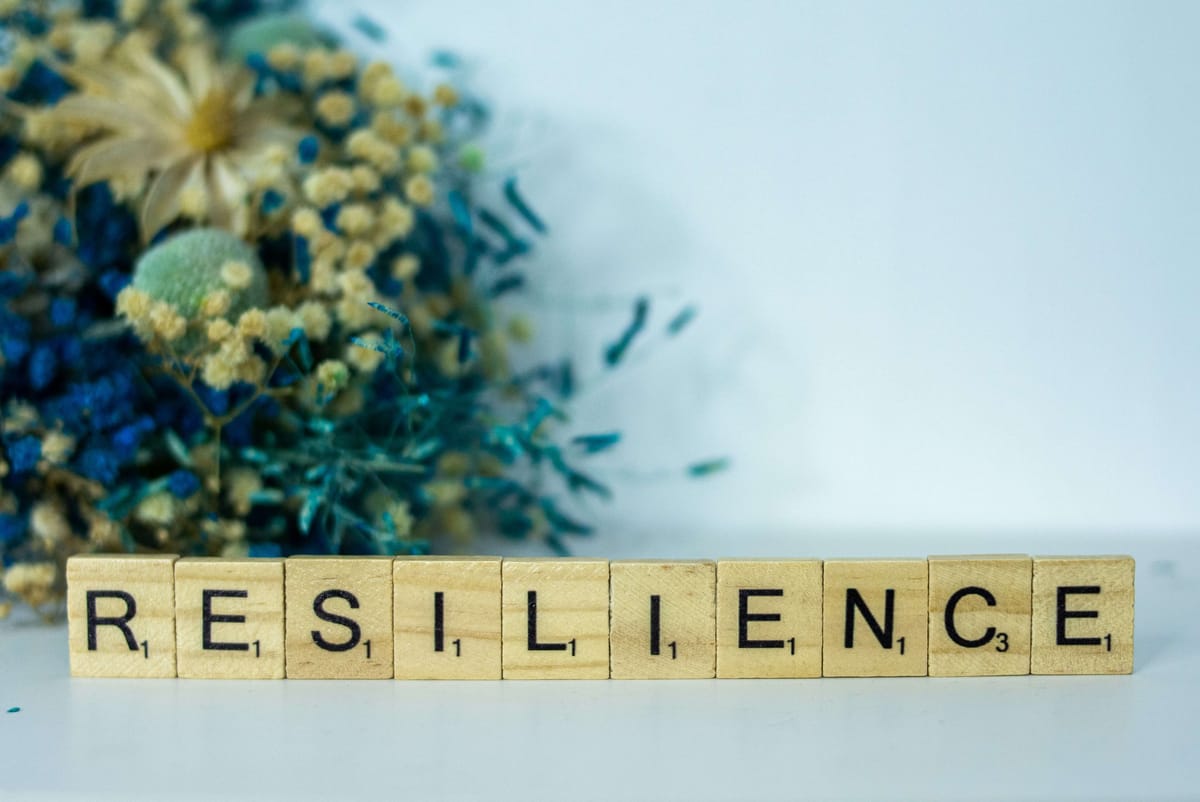
10. Customer feedback loop
"How involved are you with customer feedback? Can you share an instance where you’ve closed a customer feedback loop?"
Aim: To evaluate your involvement in the feedback process.
Key skills assessed: Customer feedback management, communication, continuous improvement.
Example answer: Feedback is our bread and butter at [Company Name]. With my team, I actively gather and act on customer feedback by conducting surveys, holding feedback sessions, and maintaining an open communication channel. For instance, a client suggested a new feature we developed and released within a year. I then followed up with the client to ensure their satisfaction with the new feature.

11. First 30-day plan
"Hypothetically, if you get this job, what would you aim to achieve in your first 30 days?"
Aim: To understand your approach to a new role.
Key skills assessed: Goal setting, planning, and prioritization.
Example answer: I love this question! So, in the first 30 days, I’d aim to understand the company’s goals, meet key stakeholders, and assess the current customer success processes. I would also identify quick wins to build momentum and establish a 90-day plan focusing on customer retention and satisfaction improvements. This plan would include specific, measurable goals and initiatives to drive impact quickly while laying the groundwork for long-term success.
For example, I might aim to implement a new customer health scoring system, streamline the onboarding process, or launch a voice of the customer program. The exact goals would depend on the specific needs and priorities I identify during this initial period.

12. Customer success tools experience
"What tools have you used in the past?"
Aim: To assess your familiarity with CS tools.
Key skills assessed: Technical proficiency and tool utilization.
Example answer: Oh boy, I’ve used them all – from starting in Excel/Google Sheets to the big CS platforms. I’ve used Salesforce for CRM, Userpilot, Catalyst, and Gainsight for CS management, then Intercom and Zendesk for support ticketing. I’ve found these tools are pretty second to none when helping streamline processes, track customer interactions, and provide valuable insights into customer health.
13. Leadership style
"How would you describe your approach to leadership?"
Aim: To understand your approach to leadership.
Key skills assessed: Leadership, communication and team management.
Example answer: I’d have to say my leadership style strives to be collaborative and supportive. I firmly believe in empowering my team by providing clear goals, regular feedback, and opportunities for professional development. We’ve all had bad managers, and I hold them in my mind when managing my team as to how not to be. I foster an environment where team members feel valued and motivated to perform at their best. To me, that’s the only way to lead.
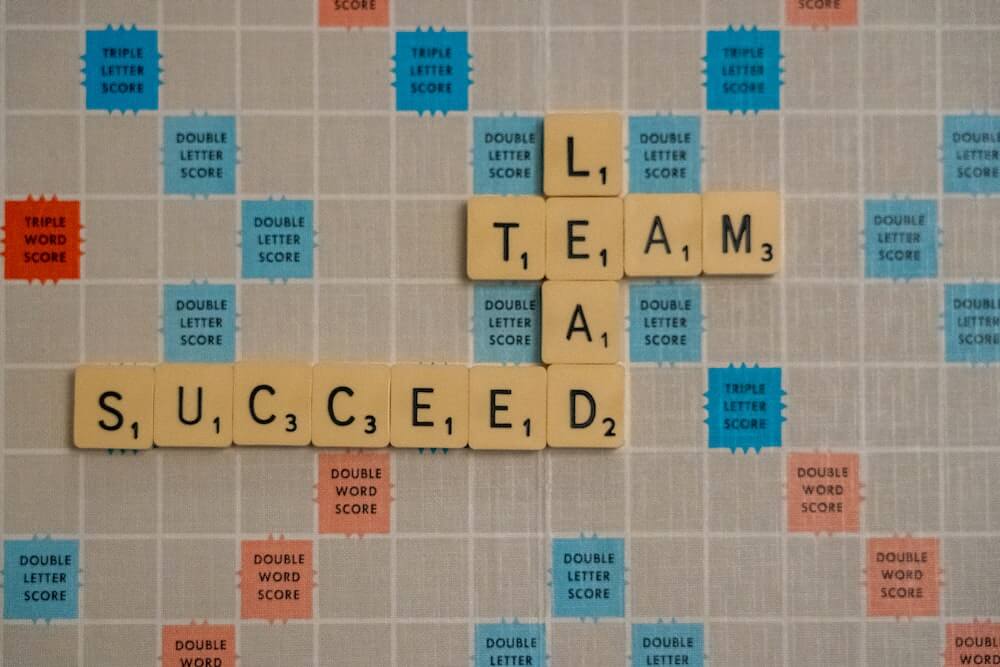
14. Top strengths
"If one of your colleagues were here, what would they say your top three strengths were, and why?"
Aim: To identify your core competencies.
Key skills assessed: Self-awareness, strengths identification and communication.
Example answer: My top three strengths are communication, problem-solving, and empathy. I communicate effectively with customers and colleagues, find creative solutions to challenges, and understand and address customer needs with empathy.
15. Areas for improvement
"What are your three biggest weaknesses, and why?"
Aim: To gauge your self-awareness and willingness to improve.
Key skills assessed: Self-awareness, growth mindset and honesty.
Example answer: I’d have to say my weaknesses include being overly detail-oriented, sometimes taking on too much at once, and a tendency to avoid delegation, especially if it’s a project you’ve created or a client you’ve onboarded from the get-go. I’m working on balancing attention to detail with big-picture thinking, managing my workload better, and trusting my team to handle tasks independently.
16. Challenging workplace dynamics
"What kind of people do you find challenging to work with?"
Aim: To understand your interpersonal preferences.
Key skills assessed: Interpersonal skills, team dynamics, and self-awareness.
Example answer: I find it challenging to work with people who are consistently negative or uncooperative. I’ve worked with at least three people like this over the past few years, and it just doesn’t gel with me. Our role as CSM, being customer-facing, means we’re this happy, positive, empathetic person. But when you’ve got a colleague who’s being unnecessarily critical and negative, it can be a real issue. I value a positive, collaborative work environment and believe in addressing issues constructively and professionally.

17. Career goals and expectations
"What do you hope to achieve in your next company or role?"
Aim: To understand your career goals and alignment with the company.
Key skills assessed: Career aspirations, company fit, and motivation.
Example answer: I’m looking for a role where I can continue to grow professionally, contribute to meaningful projects, and work with a passionate and driven team. I want to make a significant impact on customer success and help drive the company’s growth.
18. Current role overview
"Can you describe the day-to-day responsibilities of your current role?"
Aim: To get an overview of your current responsibilities.
Key skills assessed: Role understanding, task management, daily operations.
Example answer: In my current role, I manage [#] customer accounts, conduct regular check-ins, handle escalations, and work on strategic initiatives. My day typically involves meetings with customers, collaborating with product, sales, and support, analyzing customer data, and ensuring our customers achieve their goals.
19. Client inquiry volume
"How many client inquiries do you handle daily?"
Aim: To understand your workload and how you manage it.
Key skills assessed: Workload management, customer interaction, and organizational skills.
Example answer: I currently manage around [#] client inquiries daily. These range from simple questions to more complex issues. I prioritize them based on urgency and impact, ensuring timely and effective responses.
20. Follow-up to client inquiry volume
"What is the nature of these inquiries?"
Aim: To get insight into the type of issues you handle.
Key skills assessed: Issue resolution, product knowledge and customer interaction.
Example answer: Inquiries typically include things like technical support, product usage questions, any billing issues, and new feature requests. I often help customers troubleshoot issues, provide best practice advice, and escalate bugs to our development team.

21. Nature of client inquiries
"What are your typical KPIs for turnaround time on client inquiries?"
Aim: To assess your efficiency and effectiveness in handling inquiries.
Key skills assessed: Efficiency, customer service, time management.
Example answer: Our typical turnaround time for client inquiries is within 24 hours. For high-priority issues, we aim to respond within two hours. These KPIs ensure we maintain high customer satisfaction and promptly address their needs.
22. Inquiry turnaround time
"What’s the trickiest ticket or complaint you’ve dealt with, and how did you overcome it?"
Aim: To evaluate your problem-solving and conflict-resolution skills.
Key skills assessed: Conflict resolution, problem-solving, communication.
Example answer: Hmm… the trickiest complaint involved a major outage affecting one of our largest clients. I coordinated with the technical team to resolve the issue quickly, kept the client informed with regular updates, and provided a detailed post-mortem report. We also offered them a complimentary month of service to mitigate the impact.
23. Issue resolution examples
"What does your immediate team look like in terms of size and roles?"
Aim: To get an overview of your team structure and ensure you know how the dynamics work.
Key skills assessed: Team management, collaboration, organizational structure.
Example answer: We’re small but mighty! My immediate team consists of three Customer Success Managers, one Customer Success Lead, two Customer Support Managers, one Head of Customer Success, and one Director of Customer Success. Each member plays a vital role in ensuring customer satisfaction and success by focusing on their specialized areas.

24. Team structure
"Are you involved in collecting and acting on customer feedback?"
Aim: To understand your involvement in the feedback loop.
Key skills assessed: Feedback management, continuous improvement, customer focus.
Example answer: Yes, I’m heavily involved in this – it’s one of the most vital parts of my job. At [Company Name], we use surveys, feedback forms, and direct communication to gather those golden nuggets, AKA customer insights. Actually, we recently implemented a brand-new feature based on one customer's feedback. After much back and forth with our product team, our VP of Customer Success saw the value in this feature and escalated it with the CEO, which had a huge impact on getting this update over the line. In the end, everyone could see this would significantly improve user satisfaction – and it did!”
25. Customer feedback management
"Can you describe a time when you used data points to tell a story to your customer about a potential upsell or expansion opportunity?"
Aim: To evaluate your ability to use data for strategic decisions.
Key skills assessed: Analytical thinking, data interpretation, and communication.
Example answer: For sure! So, I once used usage data to identify that a client frequently utilized a specific feature that was limited in their current plan. I presented this data to them, highlighting the benefits they could gain from upgrading to a higher plan, which ultimately led to a successful upsell and increased satisfaction.
CSM interview FAQs
How do I prepare for a Customer Success Manager interview?
To prepare for a Customer Success Manager (CSM) interview, start by reviewing the company's product, customer base, and success strategy.
Study your past wins and failures in customer success roles, and be ready to speak to specific metrics (like churn reduction or customer satisfaction). Practicing Customer Success Manager interview prep also includes reviewing common CSM interview questions, preparing relevant examples using the STAR method, and familiarizing yourself with tools like Salesforce, Gainsight, or Intercom.
What are the most common Customer Success Manager interview questions?
Common Customer Success Manager interview questions include:
- Why do you want to work in customer success?
- How do you define customer success?
- How do you handle difficult client situations?
- Can you walk us through your onboarding process?
- What’s your approach to reducing churn?
- Have you ever identified an upsell opportunity?
These questions assess communication, relationship management, strategic thinking, and customer-centricity — all vital to the CSM role.
Why are you passionate about customer success?
Great interviewers often ask this to understand your motivations. A strong answer connects your personal values to the role:
“I’m passionate about customer success because it’s the intersection of empathy, strategy, and results. Helping customers succeed means I'm helping them achieve their goals — and that’s incredibly fulfilling. Plus, happy customers drive growth, so it’s a win-win.”
This is one of the most powerful ways to stand out in a customer success interview, showing genuine motivation and alignment with the role.
What makes a good answer in a customer success interview?
A strong answer in a customer success interview is:
- Structured: Ideally following the STAR format (Situation, Task, Action, Result)
- Data-backed: Reference metrics or outcomes where possible
- Personalized: Tie the answer to the company or role you’re applying for
- Customer-centric: Show you understand the impact on the customer experience
The best answers blend professionalism with empathy and strategy.
How do I prepare for a CSM interview if I'm new to the role?
Even if you're transitioning into customer success from another role (like support, sales, or account management), focus on transferable skills. Brush up on key CSM responsibilities such as onboarding, handling escalations, and driving product adoption. Study CSM interview questions and answers to gain insight into the types of problems CSMs solve daily, and highlight your ability to learn, collaborate, and stay customer-focused.
It's time to become the CS superhero you were born to be. 🦸
Customer Success Certified: Core is your ticket to true CS greatness.
With this exclusive program, you'll gain access to a treasure trove of world-class CS resources, but the real value lies in the exceptional CS professionals you'll learn from.
Forget boring textbooks and outdated training – with CS Core, you'll learn from world-class CS legends who’ve been there, done that, and are ready to share their secrets to success through 10-course modules.



 Follow us on LinkedIn
Follow us on LinkedIn
